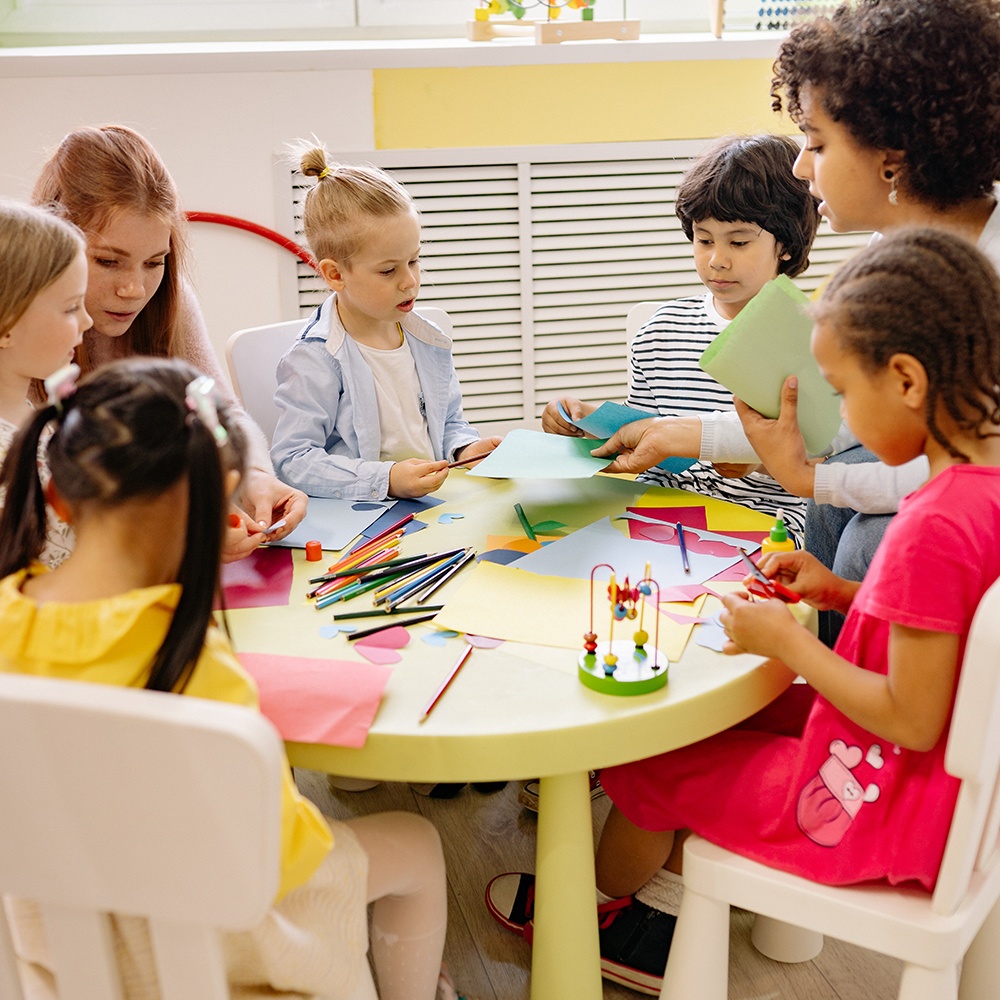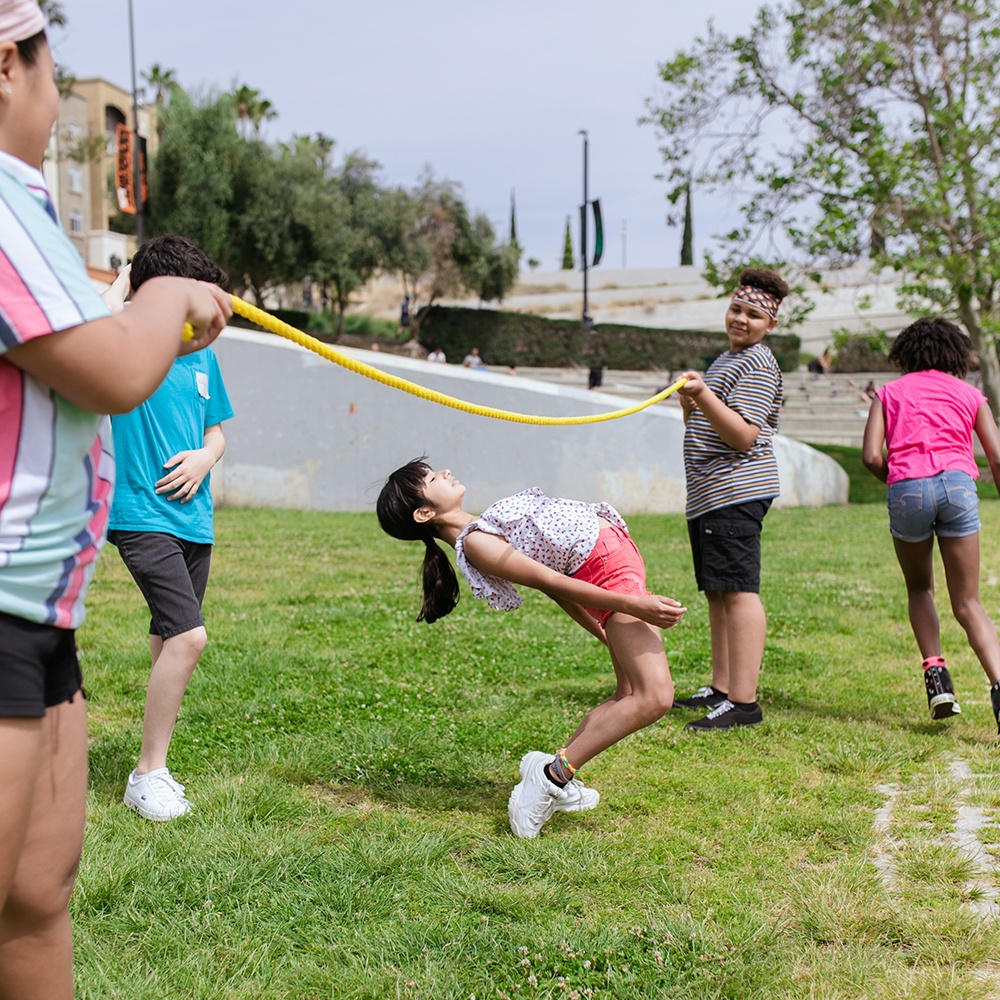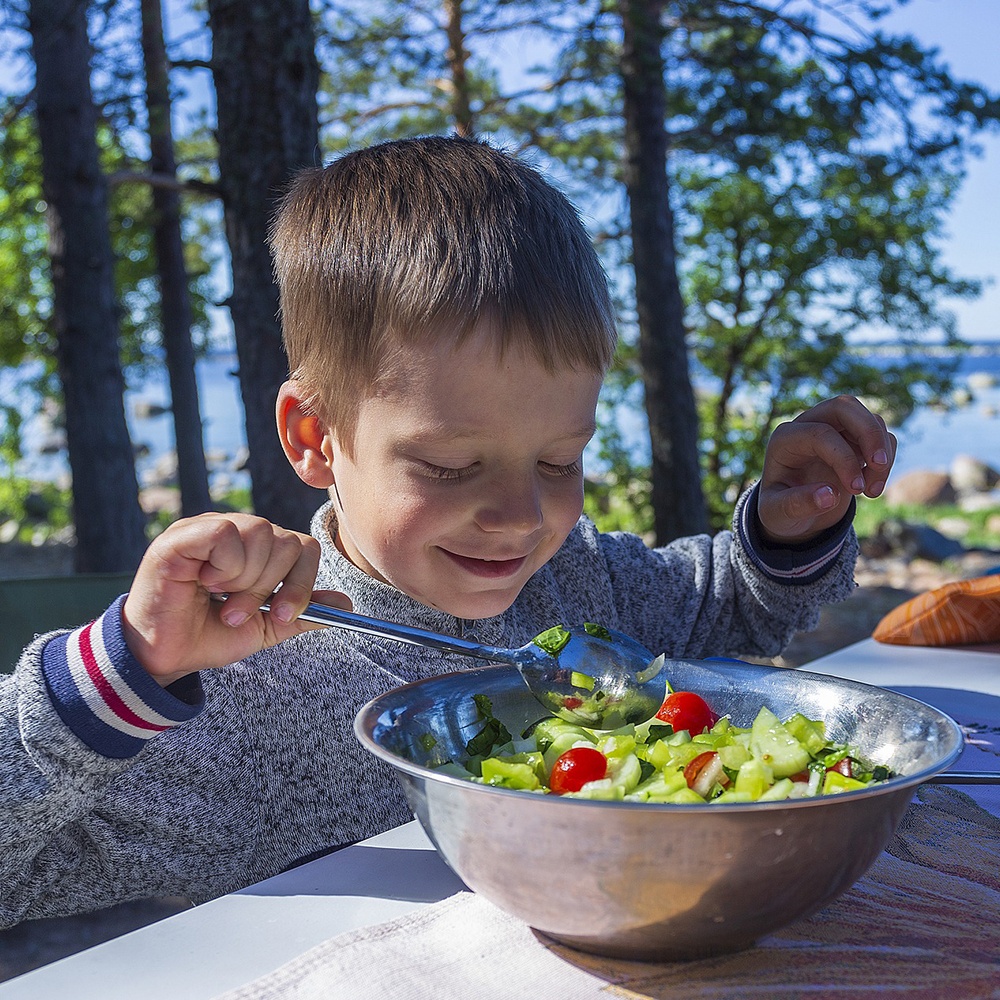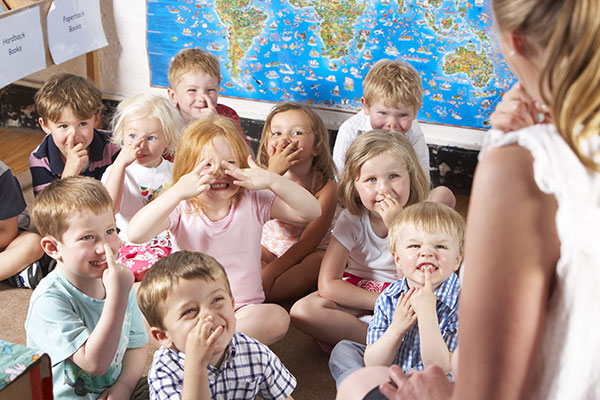Preschool circle time activities are often the highlight of the day for many youngsters. Kids take turns leading the circle games and even get to suggest their fun time favorites each day. They respond well to the comfortable feeling and stable routine that comes with a regular circle time. It provides an open opportunity for important social interactions, zealous movement, and spirited learning.
Preschool circle time activities
Scheduled circle games for kids also helps them transition from one part of the day to the next. This includes making it easier for preschoolers to occupy themselves during periods they have to wait. For example, some children may need to wait longer than others for a parent pick up. An end of day circle game for kids helps make the time pass more seamlessly.
Circle games for kids
Circle games for preschools can include some newer games mixed with traditional favorites. Children can participate either upright or by sitting in the circle. All of these options are sure to win the hearts of most preschoolers and add value to your program:
- Doggy, Where’s My Bone? One child goes outside the room while a second kid in the circle hides a paper bone behind him or her. The first child needs to figure out who has the bone.
- First Sounds and Rhyming Words: All the preschoolers are seated in a circle. One child says the beginning sound of a word, or a states a rhyming word. The speaker then rolls a ball toward the chosen person to complete the word or come up with another rhyming word.
- Name that Tune: A familiar song is played, chosen by one of the children. The kid who recognizes the song and offers the correct answer gets to pick the next tune.
- I Spy: Children recite the familiar phrase, “I spy something with my little eye, and the thing I see is…” Kids can use anything in the room. The child who calls out the correct item now has the next turn.
- Shopping for Alphabet: The first letter of a preschooler’s name is matched with an item to buy that starts with the same letter. A child named Tracy may say, “My name is Tracy and I will buy a train set.”
- Quiet and Still Mouse: With everyone seated the leader states who has become the mouse, by remaining very still and quiet.
- Hot, Warm and Cold: One child departs the circle while another kid is appointed “It” duty. The first one returns and wanders around the circle as the rest of the kids call out “hot”, “warm” and “cold” as the kid get nearer or further away from “It.”
- Simon Says: If a youngster follows a command without hearing, “Simon Says,” he or she has to sit. Some commonly used Simon says circle time commands include, touch your nose, lean to one side or stand on one foot. For hearing-impaired preschoolers, stick figure drawings can be used.
Keep in mind that most kids can’t handle being cast out during preschool circle games. Provide easy crafts or a book area for children who are sent away as part of a circle time activity. Also, modify the games to accommodate special needs children so everyone can participate and have fun.

























